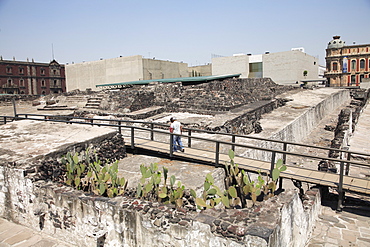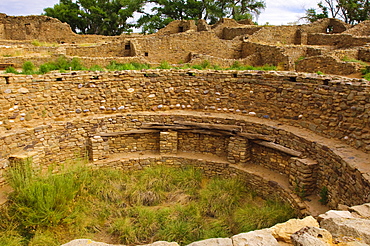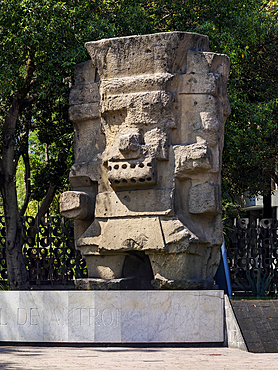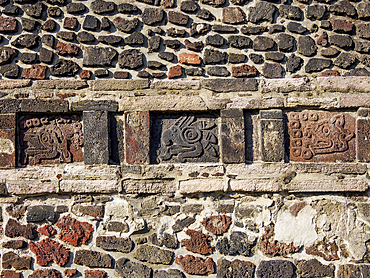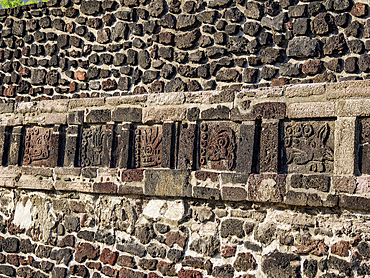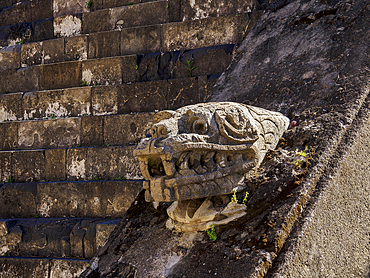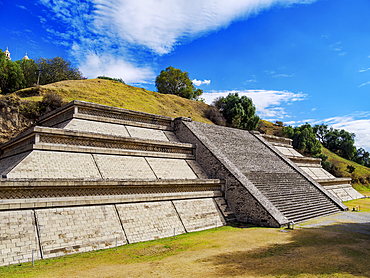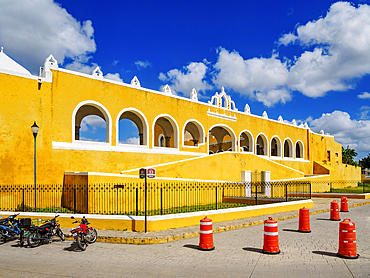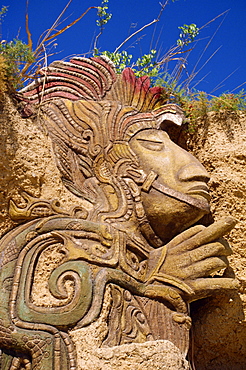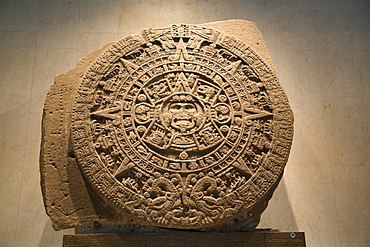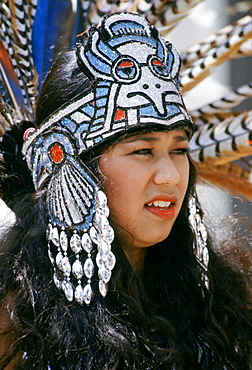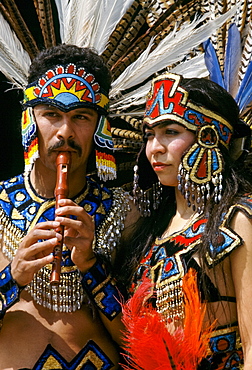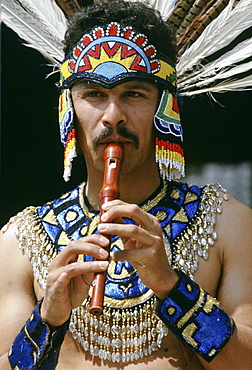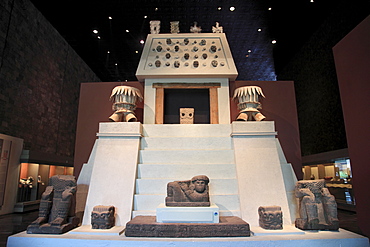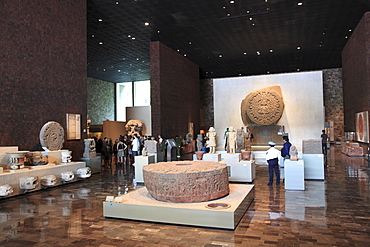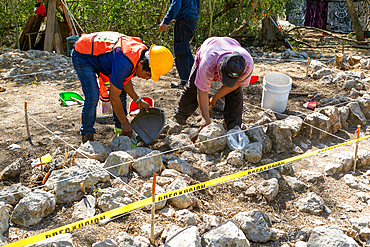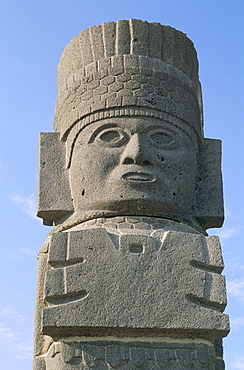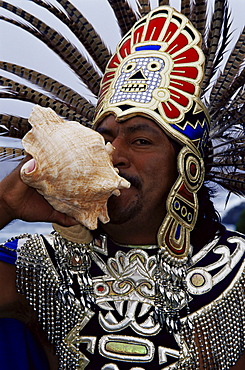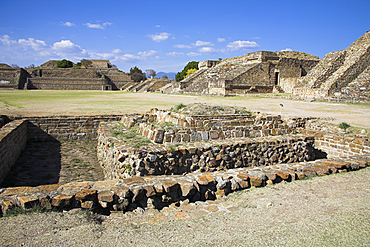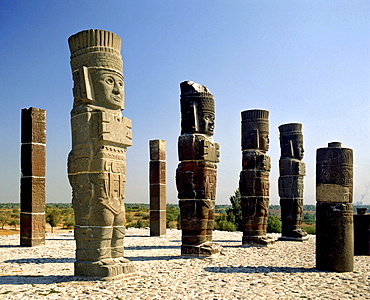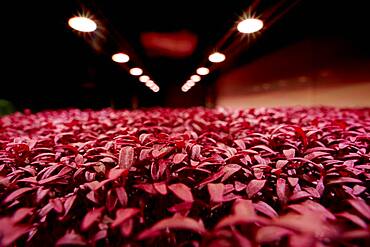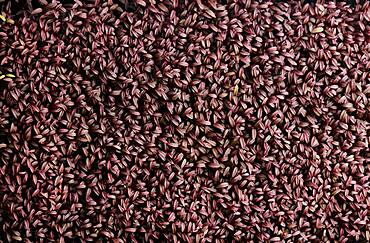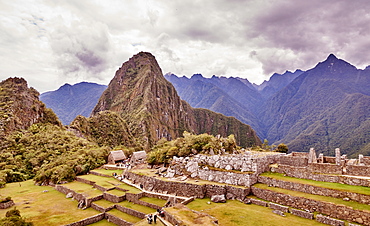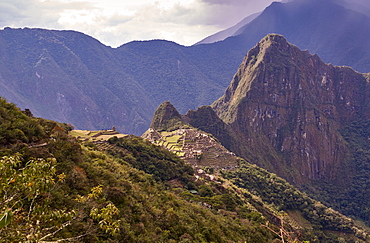Results
49 results found

Murals at Teotihuacan, site dating from 150AD to 600AD and later used by the Aztecs, UNESCO World Heritage Site, north of Mexico City, Mexico, North America
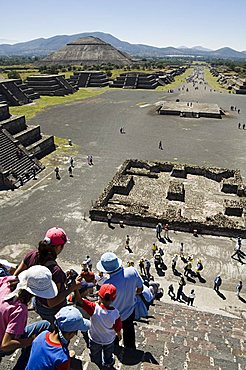
Tourists decending from the Pyramid of the Moon, Teotihuacan, 150AD to 600AD and later used by the Aztecs, UNESCO World Heritage Site, north of Mexico City, Mexico, North America
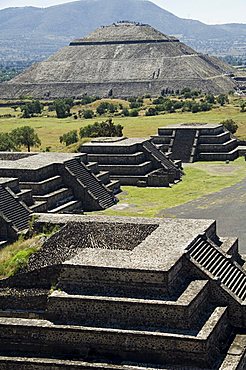
View from Pyramid of the Moon of the Avenue of the Dead and the Pyramid of the Sun in background, Teotihuacan, 150AD to 600AD and later used by the Aztecs, UNESCO World Heritage Site, north of Mexico City, Mexico, North America
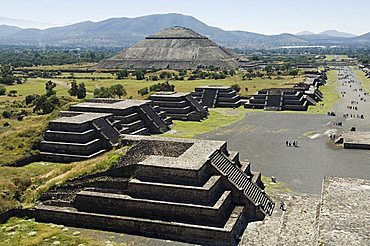
View from Pyramid of the Moon of the Avenue of the Dead and the Pyramid of the Sun in background, Teotihuacan, 150AD to 600AD and later used by the Aztecs, UNESCO World Heritage Site, north of Mexico City, Mexico, North America
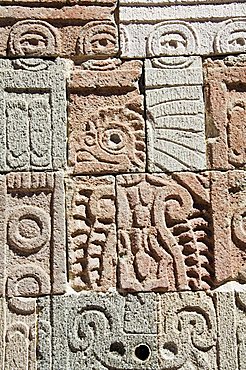
Columns depicting the Quetzal Bird, Palace of the Quetzal Butterfly, Teotihuacan, 150AD to 600AD and later used by the Aztecs, UNESCO World Heritage Site, north of Mexico City, Mexico, North America

Columns depicting the quetzal bird, Palace of the Quetzal Butterfly, Teotihuacan, 150AD to 600AD and later used by the Aztecs, UNESCO World Heritage Site, north of Mexico City, Mexico, North America
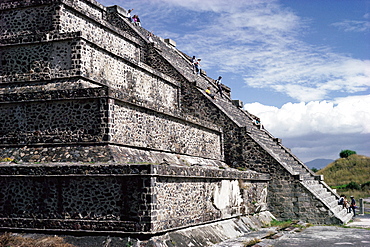
Main staircase of the Pyramid of the Moon, archaeological site, Teotihuacan, UNESCO World Heritage Site, Mexico, North America
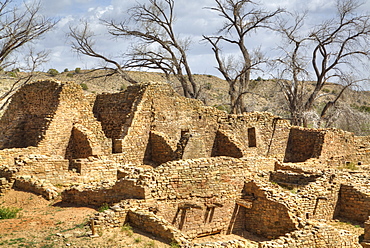
West Ruin, Aztec Ruins National Monument, dating from between 850 AD and 1100 AD, UNESCO World Heritage Site, New Mexico, United States of America, North America
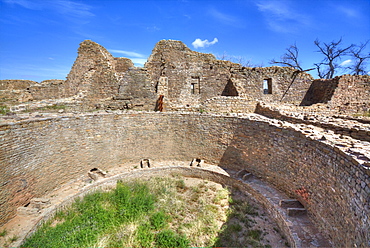
Open Kiva in West Ruins, Aztec Ruins National Monument, dating from between 850 AD and 1100 AD, UNESCO World Heritage Site, New Mexico, United States of America, North America
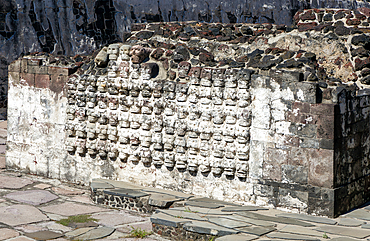
Wall of stone skulls called Tzompantli, archaeological site and museum of Templo Mayor, Tenochtitlan, UNESCO World Heritage Site, Mexico City, Mexico, North America

Templo Mayor, archaeological site of Aztec capital city of Tenochtitlan, view to Casa del Marques de Prado, Centro Historico, UNESCO World Heritage Site, Mexico City, Mexico, North America Prado Alegre
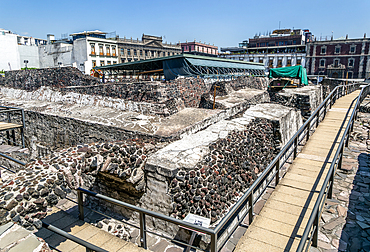
Templo Mayor, archaeological site of Aztec capital city of Tenochtitlan, Centro Historico, UNESCO World Heritage Site, Mexico City, Mexico, North America
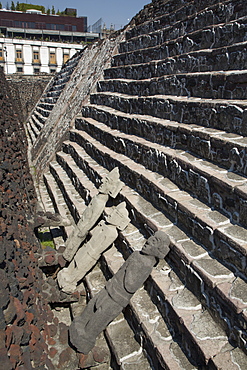
Aztec statues, Phase 3, between 1427 and 1440, Pyramid Stairway, Templo Mayor, Mexico City, Mexico, North America

Templo Mayor archaeological Aztec city of Tenochtitlan, view to the cathedral church, Mexico City, Mexico
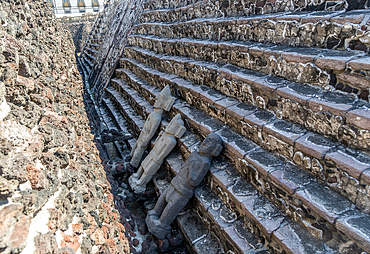
Stone Aztec statues on temple steps, archaeological site and museum of Templo Mayor, Tenochtitlan, UNESCO World Heritage Site, Mexico City, Mexico, North America
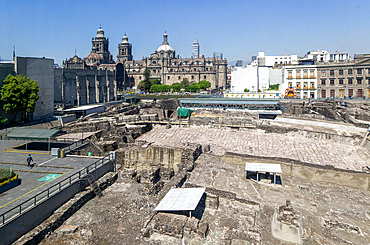
Templo Mayor, archaeological Aztec city of Tenochtitlan, view to the Cathedral church, UNESCO World Heritage Site, Mexico City, Mexico, North America
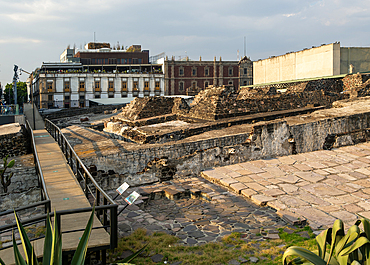
Templo Mayor, archaeological site of Aztec capital city of Tenochtitlan, Centro Historico, UNESCO World Heritage Site, Mexico City, Mexico, North America
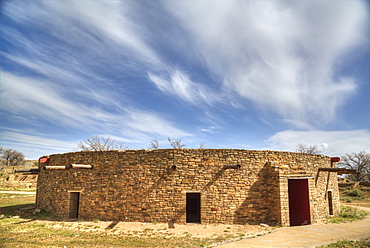
The Great Kiva, Aztec Ruins National Monument, UNESCO World Heritage Site, New Mexico, United States of America, North America
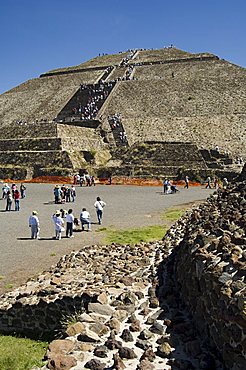
Pyramid of the Sun, Teotihuacan, 150AD to 600AD and later used by the Aztecs, UNESCO World Heritage Site, north of Mexico City, Mexico, North America
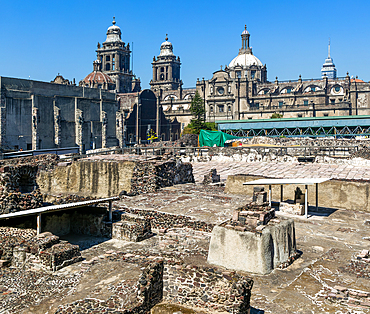
Templo Mayor, archaeological Aztec city of Tenochtitlan, view to the cathedral church, UNESCO World Heritage Site, Mexico City, Mexico, North America

Pyramid of the Sun, Teotihuacan, 150AD to 600AD and later used by the Aztecs, UNESCO World Heritage Site, north of Mexico City, Mexico, North America

Pyramid of the Sun, Teotihuacan, 150AD to 600AD and later used by the Aztecs, UNESCO World Heritage Site, north of Mexico City, Mexico, North America
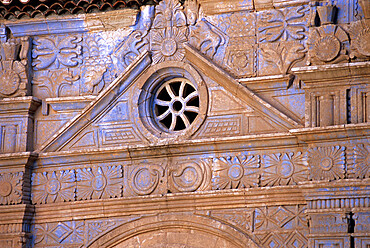
Door arch inspired by Aztec designs of the parish church of Our Lady of Regla, Pajara, Fuerteventura, Canary Islands, Spain, Europe

Colourful boats on the Aztec canal system, UNESCO World Heritage Site, Xochimilco, Mexico City, Mexico, North America
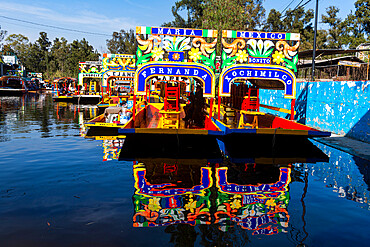
Colourful boats on the Aztec canal system, UNESCO World Heritage Site, Xochimilco, Mexico City, Mexico, North America
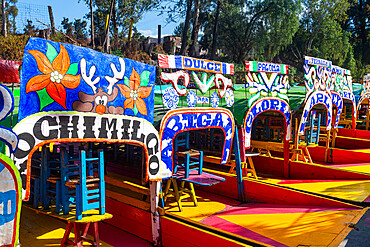
Colourful boats on the Aztec canal system, UNESCO World Heritage Site, Xochimilco, Mexico City, Mexico, North America
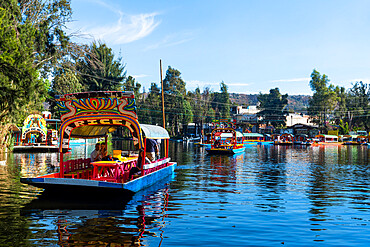
Colourful boats on the Aztec canal system, UNESCO World Heritage Site, Xochimilco, Mexico City, Mexico, North America
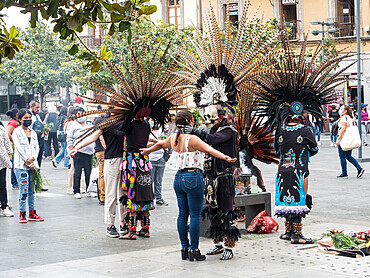
People line up to receive traditional ceremonies from indigenous priests in modern versions of Aztec ceremonial dress, Mexico City, Mexico, North America

Pyramid of the Sun, Teotihuacan, 150AD to 600AD and later used by the Aztecs, UNESCO World Heritage Site, north of Mexico City, Mexico, North America
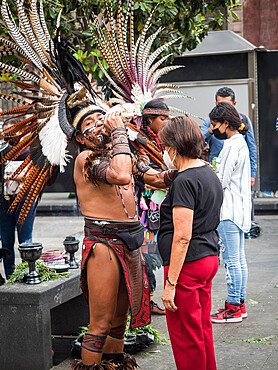
In the old town, many line up to receive ceremonies from indigenous priests in modern versions of Aztec ceremonial dress, Mexico City, Mexico, North America
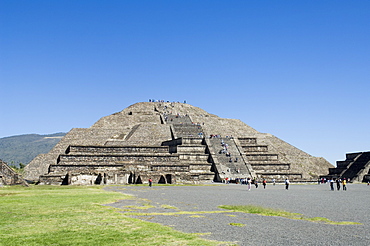
Pyramid of the Moon, Teotihuacan, 150AD to 600AD and later used by the Aztecs, UNESCO World Heritage Site, north of Mexico City, Mexico, North America
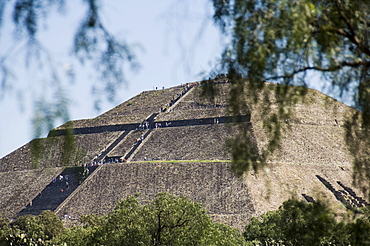
Pyramid of the Sun, Teotihuacan, 150AD to 600AD and later used by the Aztecs, UNESCO World Heritage Site, north of Mexico City, Mexico, North America

Pyramid of the Sun, Teotihuacan, 150AD to 600AD and later used by the Aztecs, UNESCO World Heritage Site, north of Mexico City, Mexico, North America
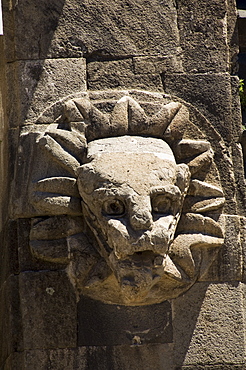
Gargoyles on the Temple of Quetzalcoati, Teotihuacan, UNESCO World Heritage Site, north of Mexico City, Mexico, North America
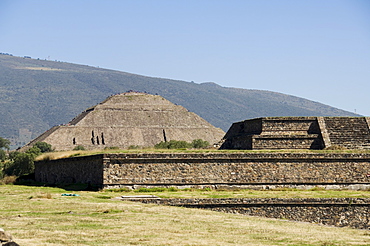
Pyramid of the Sun, Teotihuacan, 150AD to 600AD and later used by the Aztecs, UNESCO World Heritage Site, north of Mexico City, Mexico, North America
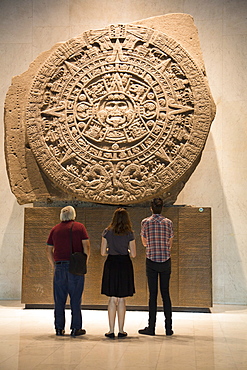
Tourists looking at Aztec calendar stone, National Museum of Anthropology, Mexico City, Mexico, North America

Aztec folk healer, shaman practising spiritual cleansing, Zocalo, Plaza de la Constitucion, Mexico City, Mexico, North America
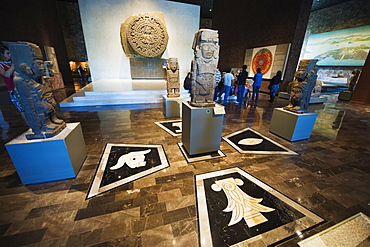
Aztec history, Museo Nacional de Antropologia (Anthropology Museum), District Federal, Mexico City, Mexico, North America
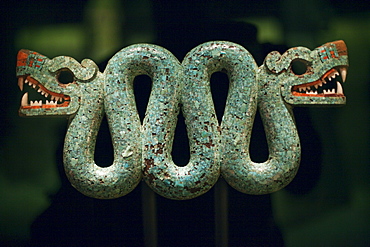
Aztec Turquoise Mosaic of Double Headed Serpent from Mexico 15th to 16th century, British Museum, Bloomsbury, London, England, United Kingdom, Europe

Mexican aztec dress gods at Grand Palladium White Sand Resort and Spa in Riviera Maya, Yucatan Peninsula, Quintana Roo, Caribbean Coast, Mexico.
Aztec clothing was generally loose fitting and did not completely cover the body. When the Spanish arrived in Mexico, the people were surprised to see them in their full armour, with only their faces exposed.
Aztec clothes were generally made of cotton (which was imported) or ayate fiber, made from the Maguey Cactus (also called the Century Plant or American Aloe). Women would weave the fibers into clothing, a task girls were taught as young teenagers. Because of their vast trading network, the Aztecs were able to make use of a beautiful array of dyes, creating the brilliant

Mexican aztec dress gods at Grand Palladium White Sand Resort and Spa in Riviera Maya, Yucatan Peninsula, Quintana Roo, Caribbean Coast, Mexico.
Aztec clothing was generally loose fitting and did not completely cover the body. When the Spanish arrived in Mexico, the people were surprised to see them in their full armour, with only their faces exposed.
Aztec clothes were generally made of cotton (which was imported) or ayate fiber, made from the Maguey Cactus (also called the Century Plant or American Aloe). Women would weave the fibers into clothing, a task girls were taught as young teenagers. Because of their vast trading network, the Aztecs were able to make use of a beautiful array of dyes, creating the brilliant

Aztec Cihuateotl. Mexico, Aztec. Late 15th-early 16th century. Stone. Metropolitan Museum of Art in New York City. 82nd Street Manhattan New USA
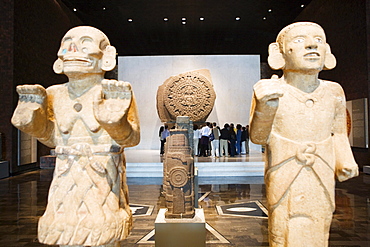
Entrance Hall with the aztec stone of the sun, National Anthropology Museum, Museo Nacional de Antropologia, Mexico City, Mexico D.F., Mexico
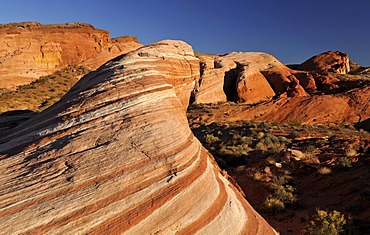
Fire Wave rock formation, wave of banded and eroded Aztec sandstone rocks, Sleeping Lizard rock formation in the back, Valley of Fire State Park, Nevada, United States of America, USA
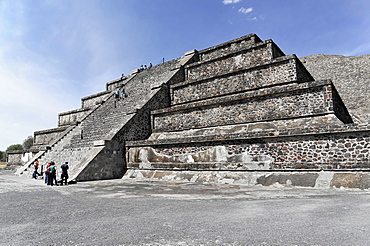
Pyramid of the Moon, Pyramids of Teotihuacan, UNESCO World Heritage Site, Teotihuacan, State of Mexico, Mexico, Central America
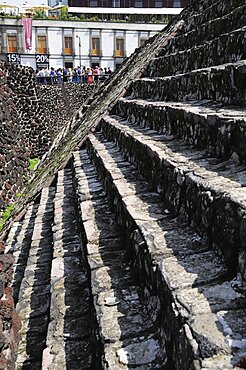
Mexico, Federal District, Mexico City, Part view of steps of main pyramid in Templo Mayor Aztec temple ruins.

Mexico, Federal District, Mexico City, Portrait of Michacoa Aztec dancer in feather head-dress and painted face as Senor de Muerte or Mr Death performing in the Zocalo.
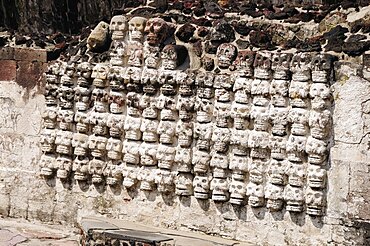
Mexico, Federal District, Mexico City, Replica tzompantli or wall of skulls in Templo Mayor Aztec temple ruins.

Mexico, Federal District, Mexico City, Michicoa Aztec dancer dressed in costume of Senor de Muerte or Mr Death for performance in the Zocalo.
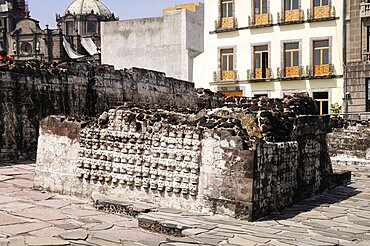
Mexico, Federal District, Mexico City, Wall of Skulls or tzompantli in the Templo Mayor Aztec temple ruins.
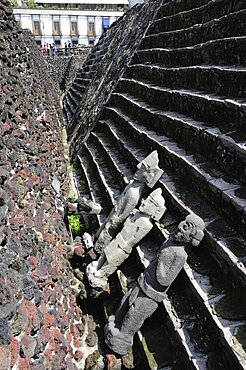
Mexico, Federal District, Mexico City, Stone sculptures and part view of pyramid steps in Templo Mayor Aztec temple ruins.
